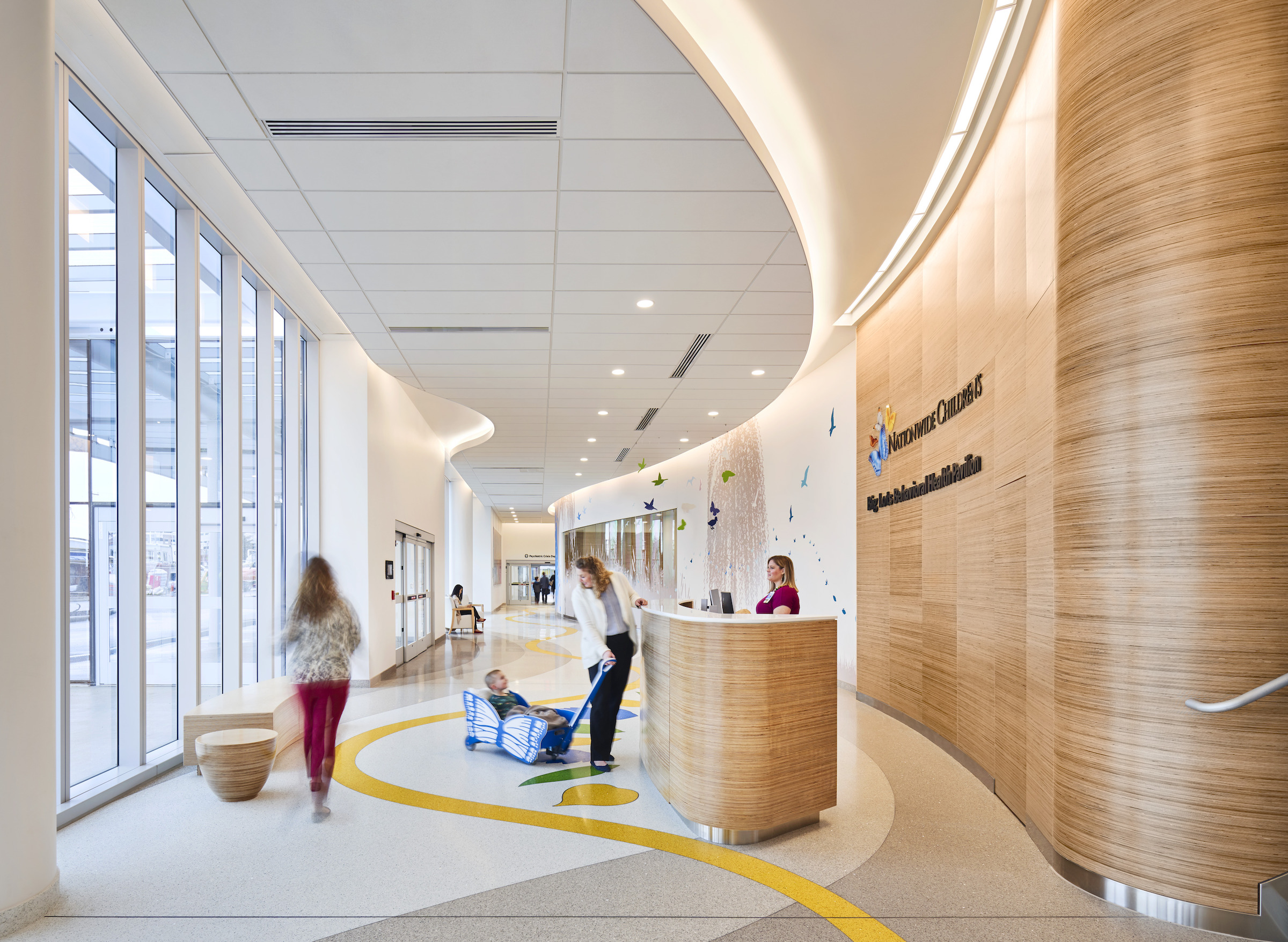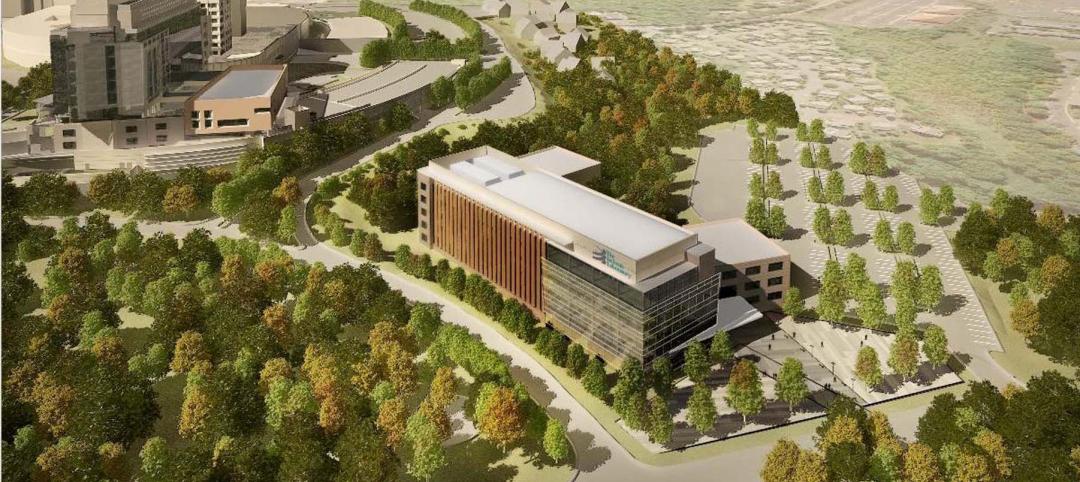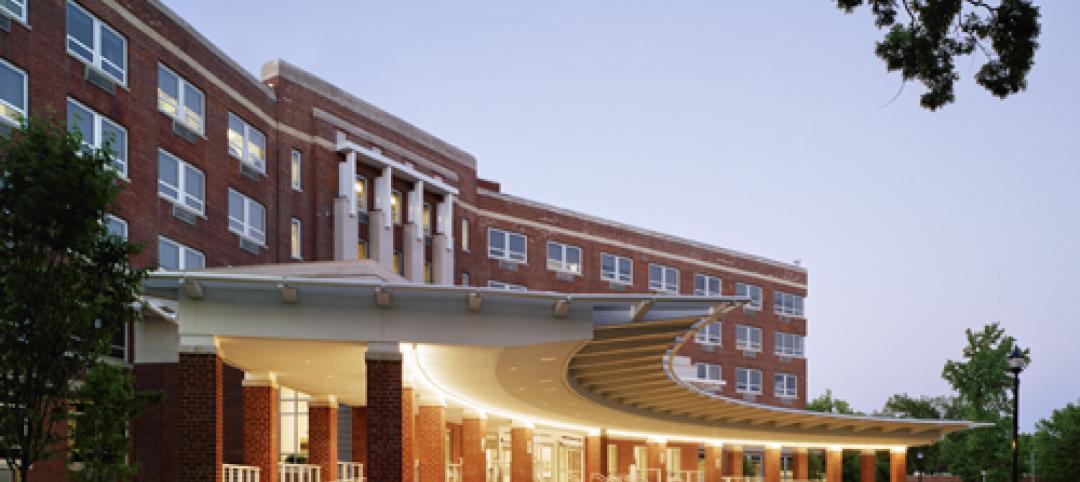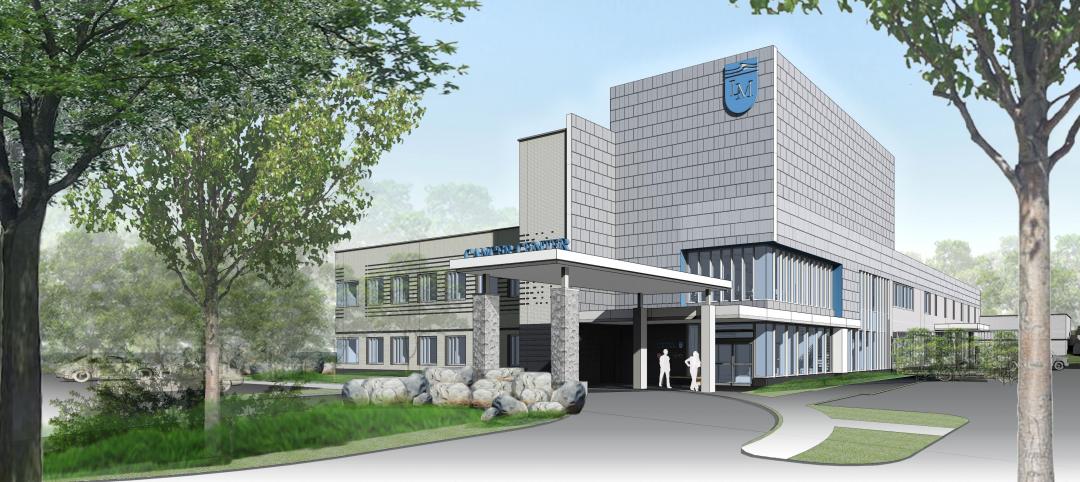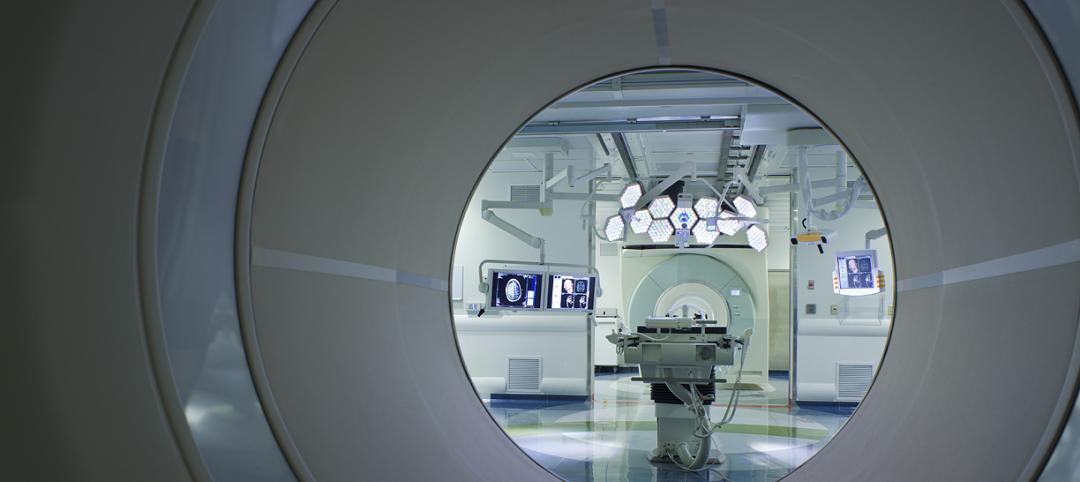During the second week of November, the architecture firm NBBJ launched a podcast series called Uplift, that focuses on the transformative power of design. Its first 30-minute episode homed in on designing for behavioral health facilities, a hot topic given the increasing number of new construction and renovation projects in this subsector.
The podcast featured Dr. Susan Swick, Executive Director of Montage Health’s Ohana Center for Health in Monterey, Calif., which NBBJ designed and is scheduled to open later this year; Ed Cheshire, Architectural Project Manager for Nationwide Children’s Hospital Big Lots Behavioral Health Pavilion in Columbus, Ohio, which opened on March 1, 2020 and was codesigned by NBBJ and Architecture Plus; and Daphne Corona, Project Manager and Senior Associate with NBBJ in Los Angeles. Dr. Heena Sandry, an acute care surgeon who consults with NBBJ’s teams, hosted the panel.
Clients want facility design that destigmatizes mental health treatment, said Corona. “They want inspirational properties that are accessible and nonthreatening. The days of institutional lockdown are past.” Corona added the latest mental health facilities are being designed as “all-in-one” centers that combine acute inpatient and outpatient services, and are available to all populations.
The Ohana and Nationwide projects, though very different, illustrate how facilities design can support treatment. Swick noted that the 55,600-sf Ohana Center’s low-rise buildings form a serpentine shape that curves around a coastal site whose terrain provides a natural barrier for safety and security. Occupants have access to interconnecting courtyards, green spaces, and walking paths.
The center will include an outpatient treatment wing, 16 inpatient beds, rooms for one-on-one and family counseling, indoor and outdoor recreational and quiet spaces, a kitchen and dining area, a family resource center, space for community activities, classrooms for inpatient youth, and space for training and workshops.
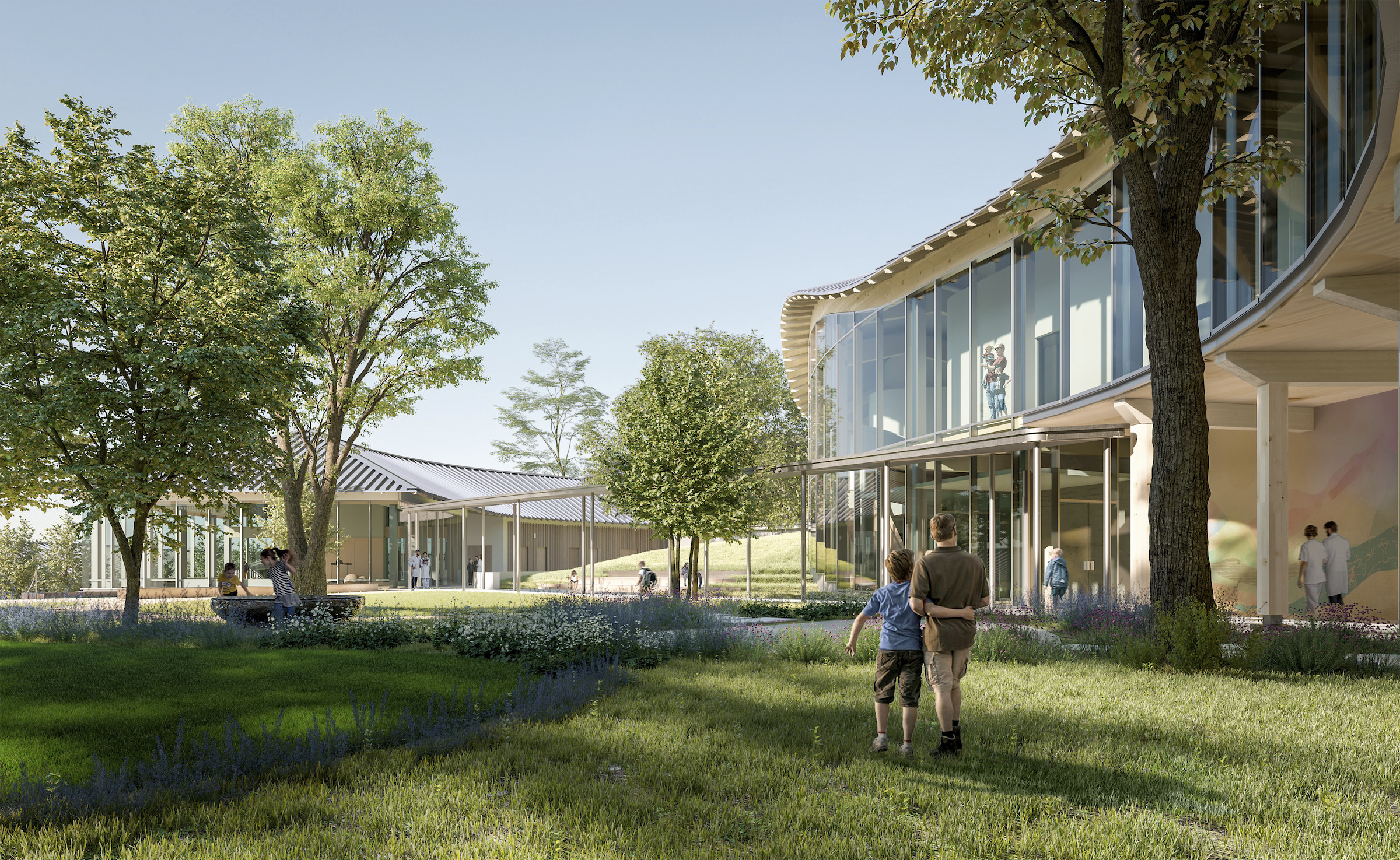
Corona elaborated that Ohana Center’s physical design and landscaping are based on neuroscience principles that boost occupants’ executive function and personal agency, increase immune system health, and combat fatigue among caregivers. It is also one of the largest healthcare buildings to use mass timber, whose modular components contribute to its low-carbon impact.
Cheshire, who has been with Nationwide Children’s Hospital for 16 years, said that the design of the 386,000-sf Behavioral Health Pavilion also used natural wood to convey a “warm and welcoming” space.
This is an urban building, and it was important to design it to allow as much natural light as possible to stream into the inpatient units. The design emphasizes “neighborhoods” within each of the pavilion’s nine floors that encourage occupant and staff interaction. The pavilion also offers education and instruction about nutrition and physical activities.
Swick and Cheshire agreed that health systems don’t make money from behavioral healthcare, and that insurance reimbursement for services rendered can be like pulling teeth. The good news is that each of these projects is an example of philanthropic largesse: The Ohana Center is the beneficiary of a $106 million gift from Roberta Bialek Elliott, a longtime local resident who happens to be the sister of billionaire investor Warren Buffett; and the $159 million Nationwide Pavilion defrayed its cost with a $50 million pledge from Columbus-based retailer Big Lots Stores, which in turn brought in other donors.
Chesmire said he has been buoyed by the “community conversation” about Columbus’ mental health crisis, in search for solutions. He singled out “frontline pediatricians” who are active in prevention. Swick said she’s convinced that the number of young Americans struggling with mental health disorders can be reduced substantially through human investment and care. “I think about hope all the time, and hope is deep and real.”
Listen to NBBJ's podcast episode, "How to Design Now for the Behavioral Health Crisis."
Related Stories
| Feb 22, 2012
CISCO recognizes Gilbane for quality construction, design, and safety
The project employed more than 2,000 tradespeople for a total of 2.1 million hours worked – all without a single lost-time accident.
| Feb 14, 2012
The Jackson Laboratory announces Gilbane Building Co. as program manager for Connecticut facility
Gilbane to manage program for new genomic medicine facility that will create 300 jobs in Connecticut.
| Feb 13, 2012
WHR Architects renovation of Morristown Memorial Hospital Simon Level 5 awarded LEED Gold
Located in the Simon Building, which serves as the main entrance leading into the Morristown Memorial Hospital campus, the project comprises three patient room wings connected by a centralized nursing station and elevator lobby.
| Feb 13, 2012
New medical city unveiled in Abu Dhabi
SOM’s design for the 838-bed, three-million-square foot complex creates a new standard for medical care in the region.
| Feb 10, 2012
Mortenson Construction research identifies healthcare industry and facility design trends
The 2012 Mortenson Construction Healthcare Industry Study includes insights and perspectives regarding government program concerns, the importance of lean operations, flexible facility design, project delivery trends, improving patient experience, and evidence-based design.
| Jan 31, 2012
Fusion Facilities: 8 reasons to consolidate multiple functions under one roof
‘Fusing’ multiple functions into a single building can make it greater than the sum of its parts. The first in a series on the design and construction of university facilities.
| Jan 31, 2012
Suffolk Construction to manage Lawrence & Memorial Hospital Cancer Center project in Waterford, Conn.
Leading construction management firm overseeing one of first healthcare projects in the country to utilize innovative IPD process.
| Jan 16, 2012
Suffolk completes construction on progressive operating suite
5,700 square-foot operating suite to be test bed for next generation of imaged-guided operating techniques.
| Jan 4, 2012
HDR to design North America’s first fully digital hospital
Humber River is the first hospital in North America to fully integrate and automate all of its processes; everything is done digitally.
| Jan 3, 2012
VDK Architects merges with Harley Ellis Devereaux
Harley Ellis Devereaux will relocate the employees in its current Berkeley, Calif., office to the new Oakland office location effective January 3, 2012.


